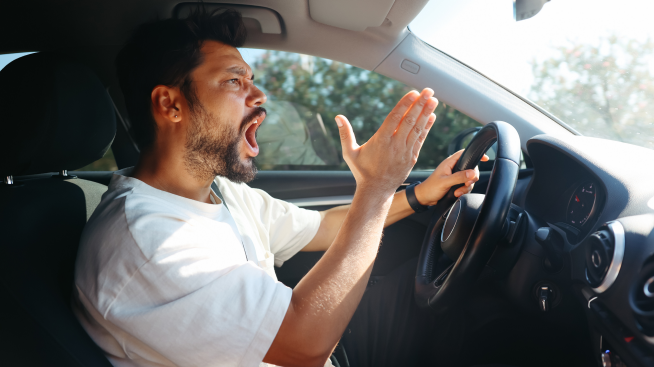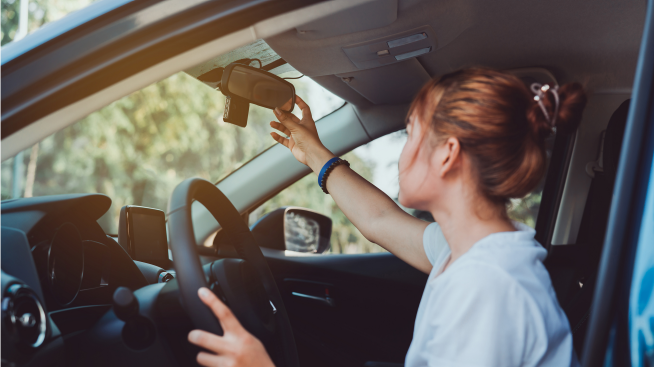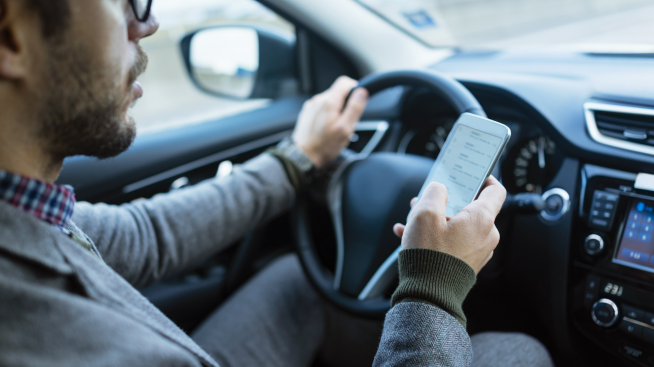What are the different classes of driver's licenses?

When you think of a driver’s license, the first thing that may come to mind is the kind of license that lets you drive a standard two- or four-door passenger car. While this certainly is one of the most common licenses out there, it’s far from being the only one. If you’ve ever wondered, “What are the different classes of driver’s license?” Let’s find out.
Note that naming conventions and qualification requirements for different classes of driver’s licenses can vary from one state to another. This is a general guide to the different classes, but it’s best to consult with your local Department of Motor Vehicles (DMV) to get the most accurate information for your state.
Standard driver’s license
The most common type of driver’s license may just be the one people use to drive their personal vehicles every day, formally known as a Class D license. This license allows drivers to operate vehicles under 26,000 pounds, which covers most passenger cars, and also allows drivers to tow smaller trailers or recreational vehicles, typically under 10,000 pounds. Throughout the United States, a Class D driver’s license can also pull double duty to act as your state ID card, whereas a standalone state ID card only works as identification and doesn’t grant you driving privileges.
Commercial driver’s licenses
A commercial driver’s license (CDL) is required for drivers who operate large trucks and commercial vehicles. CDLs have significantly more stringent requirements than a Class D license. Applicants must complete rigorous skills tests and have detailed knowledge of various vehicle systems. Renewing a CDL may require additional physical assessments beyond the standard eye exam, and CDLs must be renewed more frequently than a standard license. There are three main types of CDLs:
Class A
Class A CDLs allow drivers to operate vehicles weighing 26,001 pounds or more and tow over 10,000 pounds. This includes big-rig 18-wheelers and livestock carriers. Class A CDLs also typically allow drivers to operate many Class B and Class C vehicles with the right endorsements (more on that below).
Class B
Class B CDLs allow drivers to operate single, unhitched vehicles weighing more than 26,000 pounds. This includes vehicles like city buses, dump trucks and box trucks. Class B CDLs also allow drivers to run some Class C vehicles with the right endorsements.
Class C
Class C CDLs allow drivers to operate vehicles carrying hazardous materials or carrying 15 or more passengers. This includes hazmat vehicles and some buses.
Commercial license endorsements
Commercial licenses additionally feature endorsements which allow drivers holding a CDL to qualify for additional, specialized vehicle types. These endorsements are typically denoted on the license by a single letter. Some common endorsements include:
- H – The H endorsement allows drivers to transport hazardous materials. Obtaining an H endorsement requires passing a written test.
- N – The N endorsement allows drivers to operate vehicles with a tank (to transport liquids or gases). Obtaining an N endorsement requires passing a written test.
- P – The P endorsement allows drivers to operate passenger vehicles with 15 or more passengers (plus the driver). Obtaining a P endorsement requires passing a written test and a road test.
- S – The S endorsement allows drivers to operate a school bus. Obtaining an S endorsement requires first obtaining a P endorsement, taking additional tests, paying additional fees and passing a background check.
- T – The T endorsement allows drivers to operate vehicles towing double or triple trailers. Obtaining a T endorsement requires passing a written test.
- X – The X endorsement is a combination of the H and N endorsements, allowing drivers to operate tank vehicles carrying hazardous materials. Obtaining an X endorsement requires passing a written test.
Other license types
In addition to the license types listed above, there are a few other types of licenses you may come across:
Taxi or livery service
Even in the age of ridesharing, taxis and livery services are still very much a part of city life and operate under what’s formally called a Class E license.
Motorcycle
Some states require motorcycle operators to carry a separate license type, typically called Class M.
Junior
Some states require young and inexperienced drivers to have a junior license that has added restrictions such as lower weight limits or driving curfews. These are typically called Class DJ licenses, though some states may also offer a junior motorcycle (MJ) license.
In summary
There are several types of driver’s licenses. For instance, there are several classes of commercial driver’s licenses for varying weight classes and categories of heavy vehicles. There are also other specialized, non-commercial licenses. The Class D license that many people use to drive their personal car is just the tip of the iceberg.



